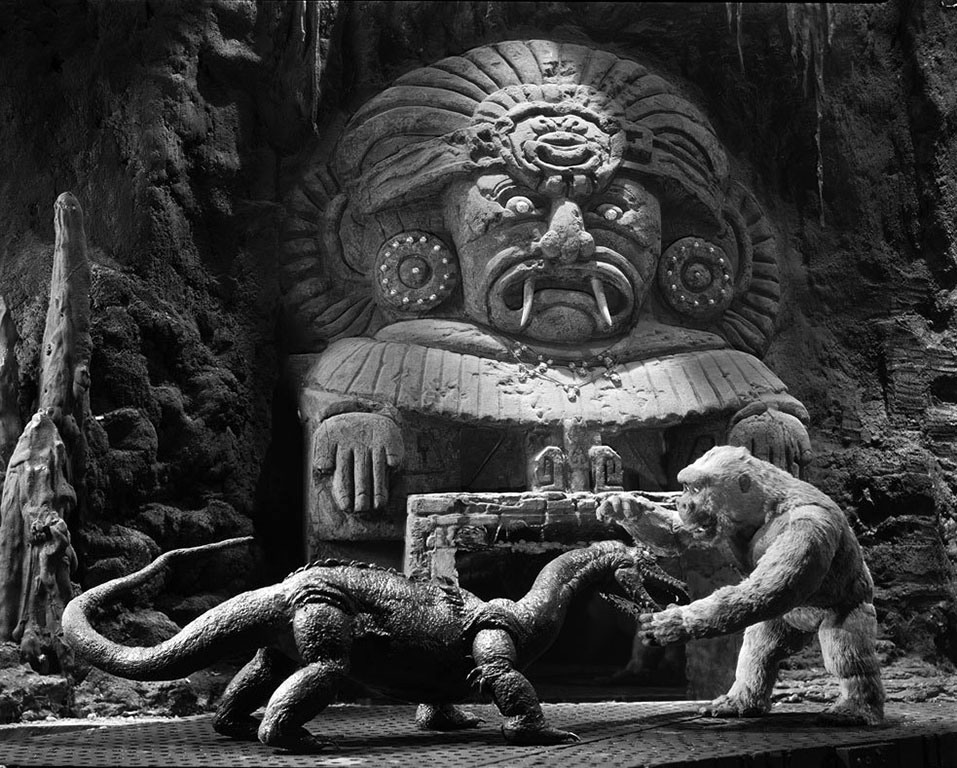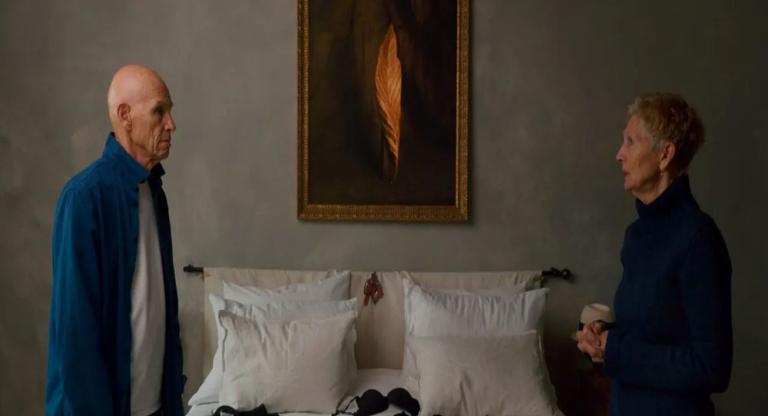Rushed into theaters less than a year after its predecessor, Son of Kong (1933) is as trivial and modest as King Kong (1933) is solemn and gargantuan. The inversion is so total that we can take Son as an accidental apology for Kong’s self-serious, self-satisfied spectacle, which is nonetheless the crystalline prototype for FX event films and still raises blood pressure almost a century after its release. Succumbing to a painfully familiar impulse, producer Merian C. Cooper had conceived Kong’s follow-up to exceed the original in scope, but RKO balked and cut his proposed budget in half. But Son of Kong’s diminutive scale comes as a relief in 2024, when an arms race of multiverses has cruelly taken from us the inherent excitement of contemplating the infinite. There’s much the Disney braintrust could learn from Cooper’s decision to turn the centerpiece of his franchise into a bumbling joke when he couldn’t afford to satisfy his expansionist desires, but let’s not hold our breath.
It’s impossible to keep the original film out of mind while watching Son, not merely because of the former’s undying hold on the popular imagination. The sequel takes place a month after Kong’s plunge from the Empire State Building and New York is still reeling from the carnage. Robert Armstrong returns as showman/adventurer Carl Denham, whom we meet hiding out from the deluge of reporters and process servers camping outside his front door. His imperial spirit has been replaced by guilt for his star’s grisly end. To a poster advertising his ill-fated spectacle, Denham wistfully says, “I wish I’d left him on his island. Old Kong, I’m sure paying for what I did to you.” There isn’t a scene where Denham doesn’t ruminate on his disastrous fortune. But he heads back to Skull Island anyway, following a dubious tip concerning a treasure trove he missed during his previous misadventure. Accompanied by returning ship captain Englehorn (Frank Reicher) and stowaway Helene (Helen Mack)—a circus entertainer with a love of performing primates—Denham encounters a much smaller band of hostile natives and an even tinier retinue of prehistoric monsters on the island.
In keeping with the sequel’s comically casual modus operandi, Helene and Denham stumble upon baby Kong with no fanfare—a far cry from the tribal drums and ritualistic sacrifice of the first film. He’s just kind of there minding his own while they poke around looking for secret doorways. Junior is more gesturally human than Kong Sr. and his presence is played almost entirely for laughs. “Chief Technician” Willis O’Brien worked on both films but was micromanaged on the sequel by Cooper and director Ernest Schoedsack, and consequently left much of the stop-motion work to an assistant. The resulting creature lacks the kinetic finesse and behavioral intrigue of the first film, which convincingly probed the mysteries of the human-ape continuum, but generates an endearing charisma more befitting a movie about a giant ape. Baby Kong shrugs at the camera, smugly wipes his hands after dispatching a foe, and almost blows his head off while inspecting Denham’s rifle. He’s less missing link than 12-foot toddler. Meanwhile, Denham can’t stop apologizing for making him an orphan. The absurdity is made all the more unreal by occasional bursts of sublime craftsmanship that marry matte-backgrounds with live performers and miniature sets in eye-popping chiaroscuro.
Son of Kong screens tonight, May 16, and on May 19, at the Roxy on 35mm as part of the series “Primate Vision: Monkey or Man?”





